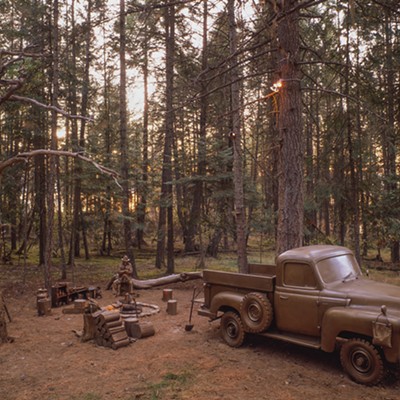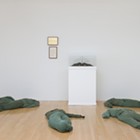To be a Crime Scene Investigator by Henry Holden
ou enter the house through the back door, prying it open with a crowbar, then tiptoe across the hardwood floor of the kitchen. Nervously running your hands through your hair, you creep upstairs, open the bedroom door a crack and fire three shots. You calmly stroll back downstairs and scribble out a note for the police, explaining why it had to be done, how justice was served. But halfway through, you hear a noise from somewhere in the backyard and you get spooked. Burning the note and tossing it in the fireplace, you fly out the back door, throw your Dodge Comet into gear, peel out, sideswipe the Caprice in the front yard and speed off down the gravel country road. Five minutes out, you toss the gun out the passenger's side window, into a gully.
Nobody saw you. Nobody heard you. By the time they found the body out in the farmhouse, you were miles away. You got off scot-free.
Or so you thought. Anybody who reads To Be a Crime Scene Investigator can tell you what you left behind. Tool marks on the doorframe tell police how you got in. Footprints in the kitchen show your route. Hair samples on the stairs will be matched to your DNA. Shell casings will be matched to the gun they found in the gully (the filed-off serial number restored). They'll find your note in the fireplace and chemical-treat it to read your words, giving a clue as to motive, identity and, possibly, your location. They'll make casts of your tire prints and analyze the paint chips you left on the Caprice. You'll be behind bars in no time.
Seizing on the wild popularity of CSI television shows, and building on previous editions of the To Be A... series (Secret Service Agent, U.S. Army Green Beret), Henry Holden walks you through the steps of the crime scene investigator career ladder, from the boring parts (basic police training, barking drill sergeants) to the exciting stuff (catching bombers, tracking serial killers, performing autopsies), with plenty of information boxes and delightfully gory pictures -- of gunshot wounds and severed fingers -- to illustrate.
In fact, the book is so thorough in its explanation of how police respond to mysterious crimes that Holden could've called it To Be a Criminal Who Knows How to Get Away With It.
















